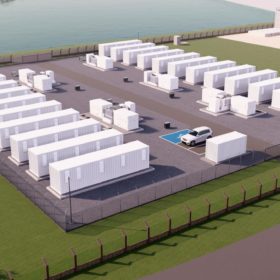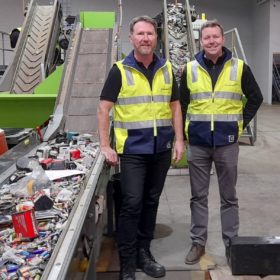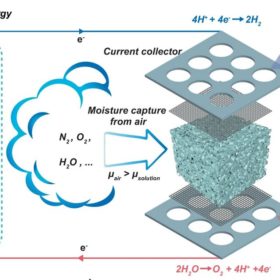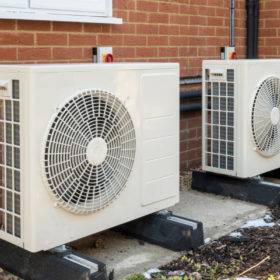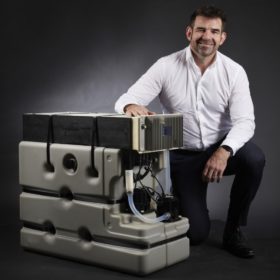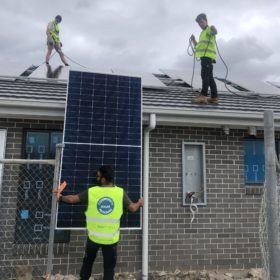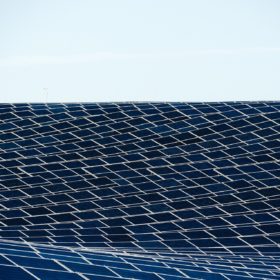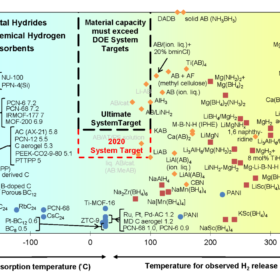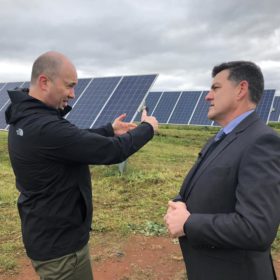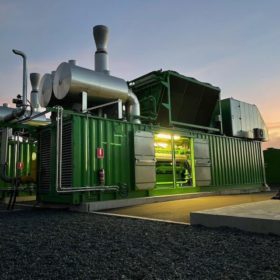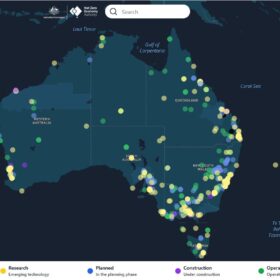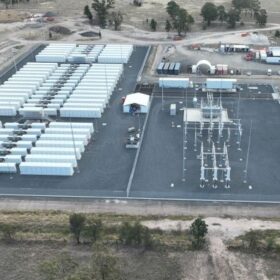German investor buys up Australian battery energy storage portfolio
German investment management company Aquila Capital has expanded its Antipodean asset base, inking a deal to buy a 220 MW/440 MWh portfolio of battery energy storage projects in South Australia from Spanish renewables developed Gransolar Group.
Envirostream turns up volume on battery recycling deal with LG
Perth-based battery technology company Lithium Australia’s 100%-owned subsidiary Envirostream has ramped up its battery recycling efforts, signing an agreement with South Korean manufacturer LG Energy Solutions to process at least 250 tonnes of its lithium-ion batteries over the next year.
PV-powered electrolysis module to produce hydrogen from moisture in air
A team of Australian scientists have developed a new way to produce hydrogen using water from the atmosphere. They claim their new module can ensure stable performance and provide green hydrogen for remote areas.
IEA predicts global heat pump installs to hit 600 million by 2030
The International Energy Agency says that the deployment of 600 million heat pumps by 2030 could cover 20% of the annual heating requirements of buildings throughout the world.
Redflow targets US market with lithium-ion battery alternative
Australian battery manufacturer Redflow is determined to capitalise on what is describes as an emerging demand for non-lithium-based energy storage technology, announcing it has teamed with United States-based renewables developer Empower Energies to deploy solar and flow battery solutions in North America.
‘No one has attempted this’: Proving a new model to bring solar to low-income Australians through Sydney pilot
A pilot program across Sydney’s suburbs is seeking to prove a model its proponents hope will afford low income Australians access to solar at no upfront cost. The soon to be energised systems have been fitted on 64 disability homes and 90 community houses and will operate using a PPA model. “The poor don’t have the opportunity to put solar on their homes,” BlueCHP CEO, Charles Northcote tells pv magazine Australia. “They lose out because they have to pay all the grid charges… and this has not been addressed by the governments at all at this stage.”
How to get to 100% emissions-free electricity
The National Renewable Energy Laboratory is exploring different paths to 100% emissions-free electricity in the United States.
Solid-state hydrogen storage techniques at a glance
Scientists compared hydrogen storage techniques and found that physical methods are closer to commercial feasibility, while materials-based techniques have strong potential.
NSW announces inaugural tender for ambitious grid transformation
New South Wales is seeking 2,500 GWh of annual generation and 600 MW of long-duration storage for its first tender, part of realising its ambitious NSW Electricity Infrastructure Roadmap.
Queensland company capturing biogas from landfills launches IPO to expand battery play
Brisbane-based bioenergy company LGI Limited has listed on the ASX, seeking to raise $25 million for expansions, including fitting sites with batteries capable of playing on spot markets. For the company’s founder, Adam Bloomer, the role of bioenergy in Australia only makes real sense when limited to waste. “If it’s is not a waste stream, I think you’re barking up the wrong tree,” he tells pv magazine Australia.
